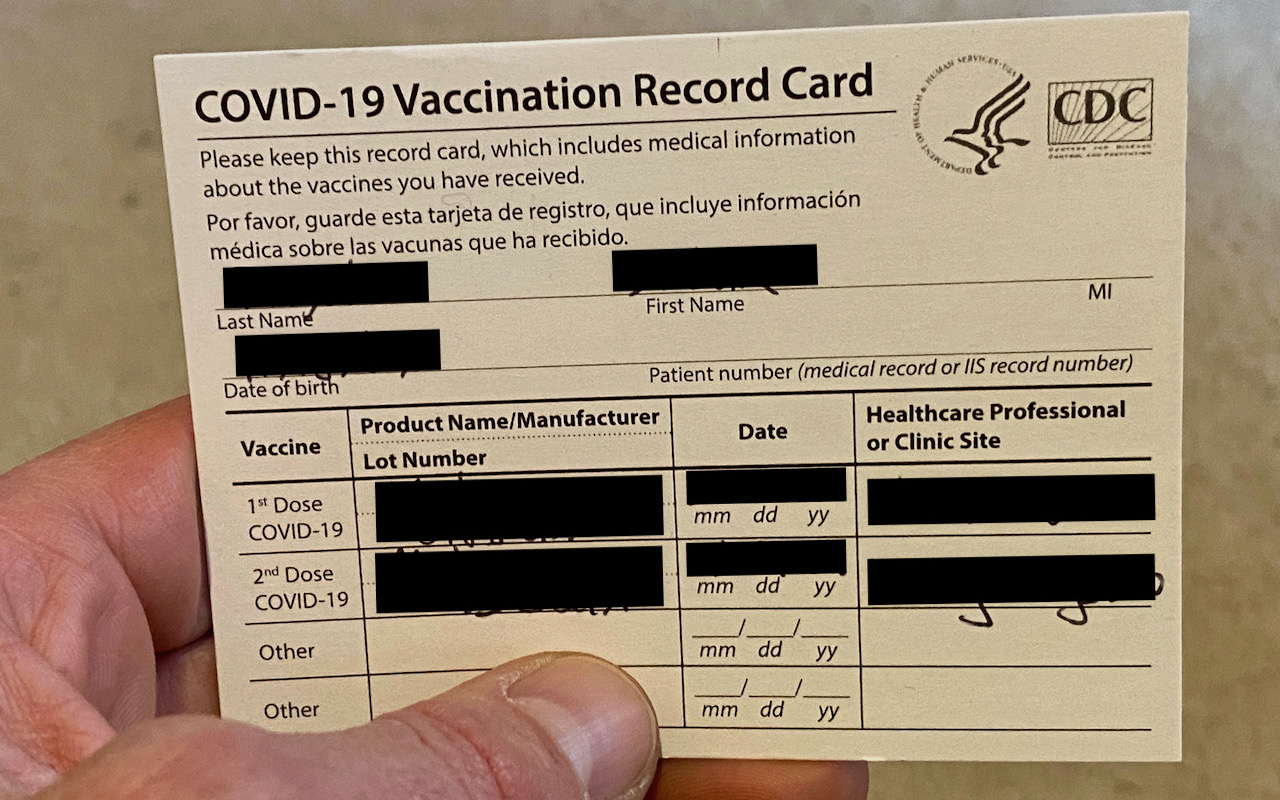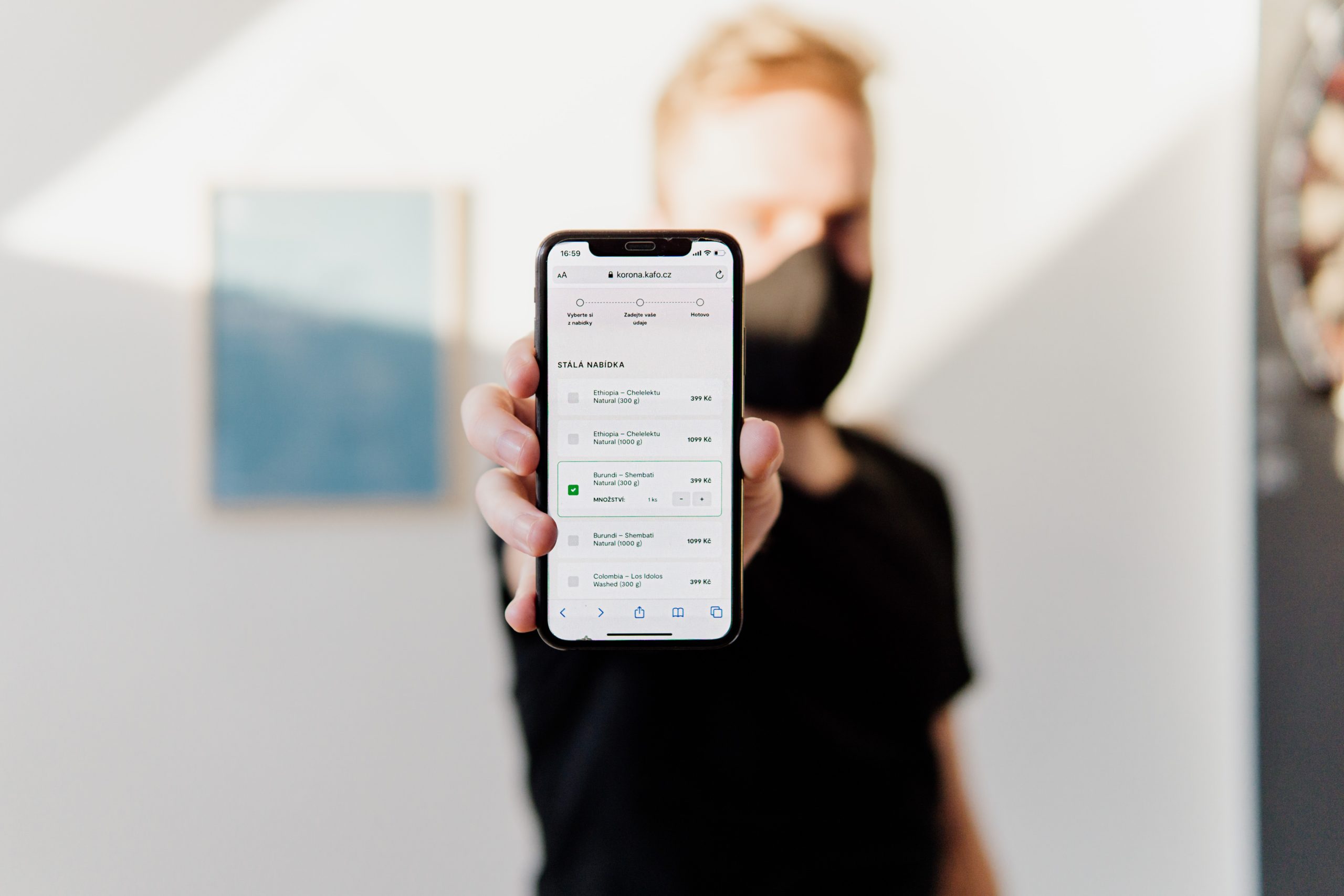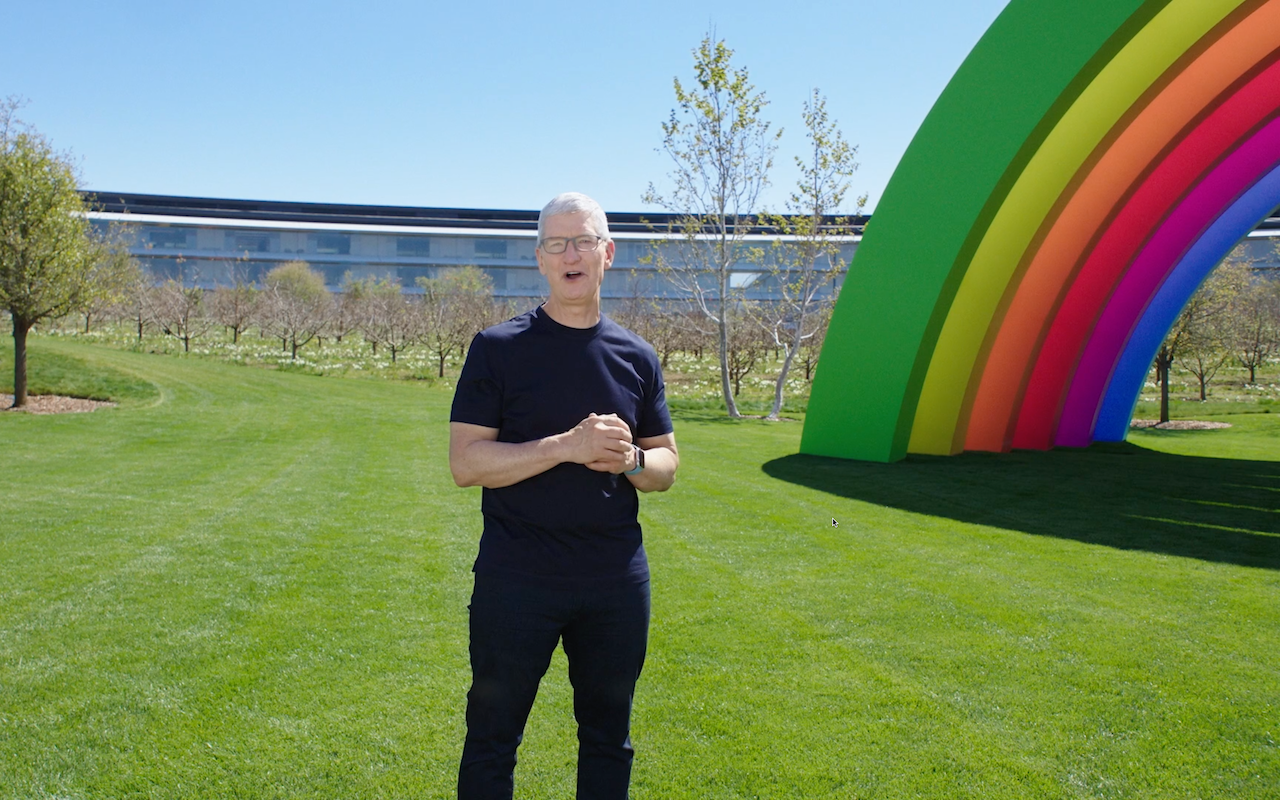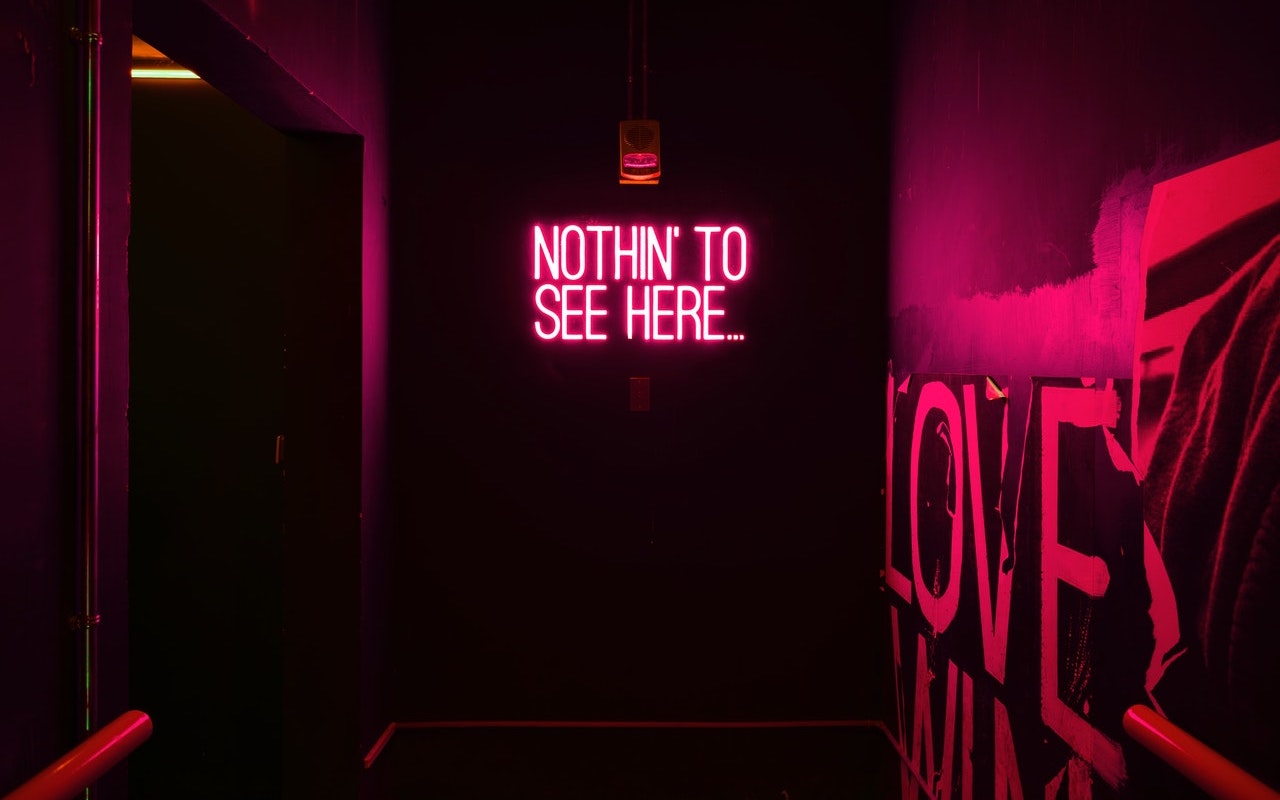Privacy Tip: Don’t Post Vaccination Record Cards on Social Media
Do we really have to say why? If you can't guess, please read the quick link. Also, don't play those "What is your Star Wars character" games on Facebook.
Whoo Hoo! Unlock Face ID iPhones with Your Apple Watch
<img src="https://www.creativetechs.com/wp-content/uploads/2021/05/upgrade-to-ios-14-5-and-watchos-7-4-to-unlock-face-id-iphones-with-your-watch.jpg">You have to feel for Apple sometimes. The company’s engineers put an astonishing amount of work into the hardware and software necessary for Face ID to recognize your face nearly instantly and unlock your iPhone or iPad. Regardless of whether you’re wearing a hat and glasses. Even in the dark. It’s one of those pieces […]
Spring Loaded: Apple Announces New M1-Based 24-inch iMac, iPad Pro, AirTag, Apple TV 4K, and More
Apple’s “Spring Loaded” event was indeed loaded with announcements, including the M1-based 24-inch iMac, M1-based iPad Pro, AirTag item tracker, updated Apple TV 4K with redesigned Siri Remote, and more.
How-To: Manage Your Apple Purchases and Subscriptions on the Mac and iPhone
Ever had a hard time figuring out what you’ve bought from Apple or canceling a subscription for an app or service you no longer use? Read this article to learn how to manage your purchases and subscriptions.
Quick Tip: A Shortcut to Create an Instant Slideshow from a Folder of Images
<img src="https://www.creativetechs.com/wp-content/uploads/2020/12/a-quick-shortcut-to-create-an-instant-slideshow-from-a-folder-of-images.jpg">You probably know that you can select an image in the Finder and press the Space bar to preview it in a Quick Look window. And you may know that you can use the arrow keys to preview other files in the same folder without closing and reopening the Quick Look window. But did you […]
How-To: Keep Your Mac Quiet at Night and During Presentations with Do Not Disturb
<img src="https://www.creativetechs.com/wp-content/uploads/2021/02/keep-your-mac-quiet-at-night-and-during-presentations-with-do-not-disturb.jpg">We’re all accustomed to the Do Not Disturb feature on our iPhones since they’re with us for most of the day and often spend the night next to the bed. But Apple long ago added Do Not Disturb to the Mac as well, and it’s useful for muting your Mac at night to eliminate unnecessary […]
Avoid Mail Quotas, Improve Performance, and Reduce Clutter By Archiving Your Damn Email
Would you be distraught if you lost your email? Do you need to reduce server usage to stay under a mail quota? Or perhaps you need a copy of a previous employee’s communications. The answer is email archiving, and you can learn more about it here:
Make Editing Easier with Show Invisibles
Ever wondered if there’s a way to see the spaces, tabs, and returns that are typically invisible in your word processing and page layout documents? There almost certainly is—read on for our guide to the most popular Mac apps.
For The Love Of Pete! Stop Storing Confidential Files in Online File Sharing Services
Seriously. Stop doing this one thing!
Don’t Let Zoom Get You Fired or Lose That Customer.
When sharing your screen online, would you be embarrassed if your clients, colleagues, or bosses saw what’s on your Mac—your desktop picture, screen saver, browser tabs, email notifications, or Messages conversations? Here’s what to watch out for.










